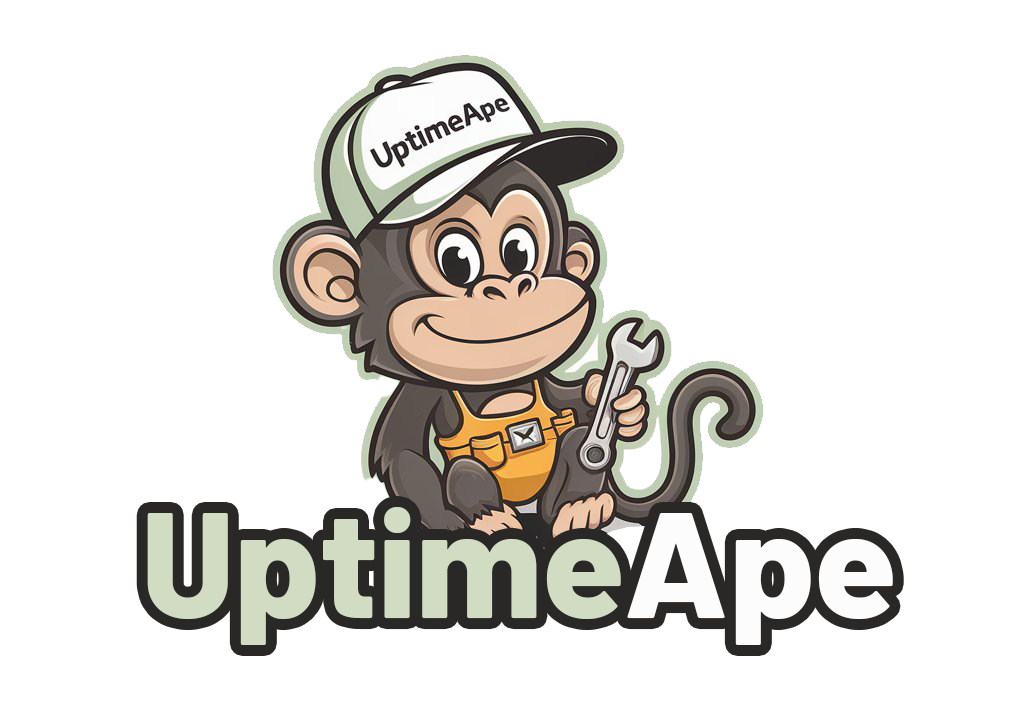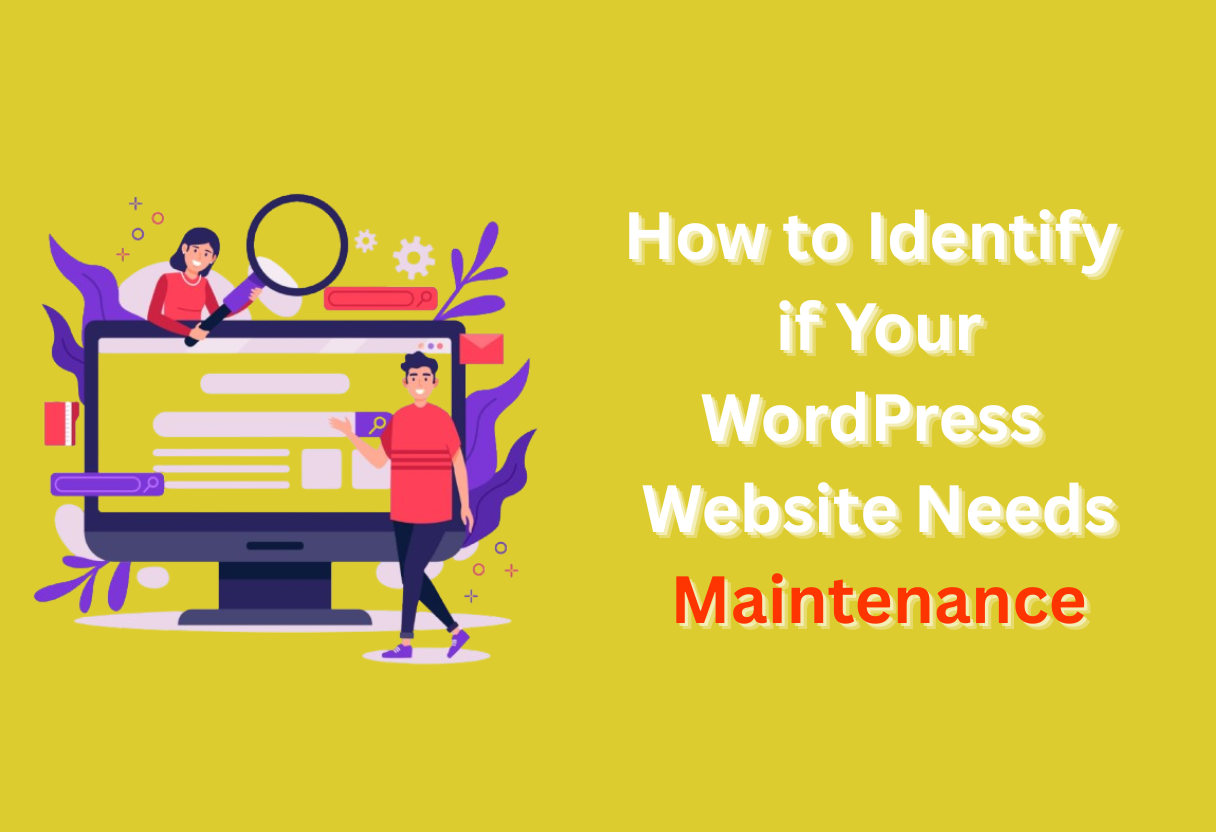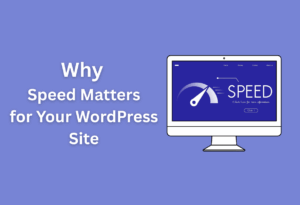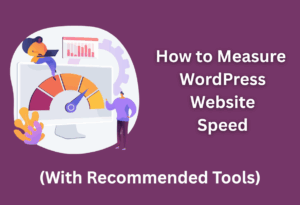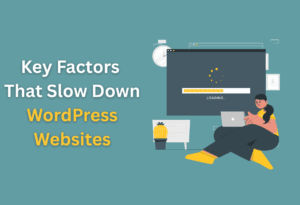Identify the signs that indicate your WordPress website may require maintenance to ensure optimal performance and security. Regular upkeep is crucial for keeping your site running smoothly and providing a positive experience for your visitors.
In this guide, you will learn how to spot key indicators that suggest maintenance tasks are overdue, such as slow loading times, outdated plugins, and frequent errors. By recognizing these signs early, you can take proactive measures to enhance the longevity and effectiveness of your online presence.
Understanding Website Maintenance
To keep your WordPress website running smoothly and efficiently, regular maintenance is important. This process involves updating software, monitoring performance, and ensuring security protocols are in place. By prioritizing maintenance, you not only enhance the user experience but also prolong the lifespan of your website, making it more resilient against potential issues. Additionally, regular WordPress maintenance benefits include improved website speed and better search engine rankings, which can attract more visitors. By staying proactive in your maintenance efforts, you can also identify potential problems before they escalate, saving time and resources in the long run. Ultimately, investing in regular care for your site will lead to increased trust from your audience and higher conversion rates. Neglecting these essential practices can lead to slow loading times, broken links, and increased vulnerability to cyber threats. Implementing a routine schedule for various WordPress website maintenance tasks, such as backing up data and optimizing databases, can mitigate these risks. Ultimately, consistent attention to these details ensures that your website remains a reliable resource for visitors.
Importance of Regular Maintenance
Maintenance plays a vital role in keeping your website secure, fast, and user-friendly. Regular updates can help fix vulnerabilities, improve functionality, and enhance site speed, ensuring that your visitors have a seamless experience. Additionally, consistent checks can lead to better search engine rankings, ultimately driving more traffic to your site.
Common Signs of Neglect
Some indications that your website may be due for maintenance include slow loading times, outdated plugins, and frequent error messages. These signs not only affect your website’s performance but can also lead to a poorer user experience, potentially driving visitors away.
The appearance of outdated content, broken links, or an increase in spam comments are telltale signs your site needs attention. If you notice your theme looks outdated or numerous software updates are pending, it’s important to take action. Addressing these issues promptly can help you provide a better experience for your users and maintain the integrity of your website.
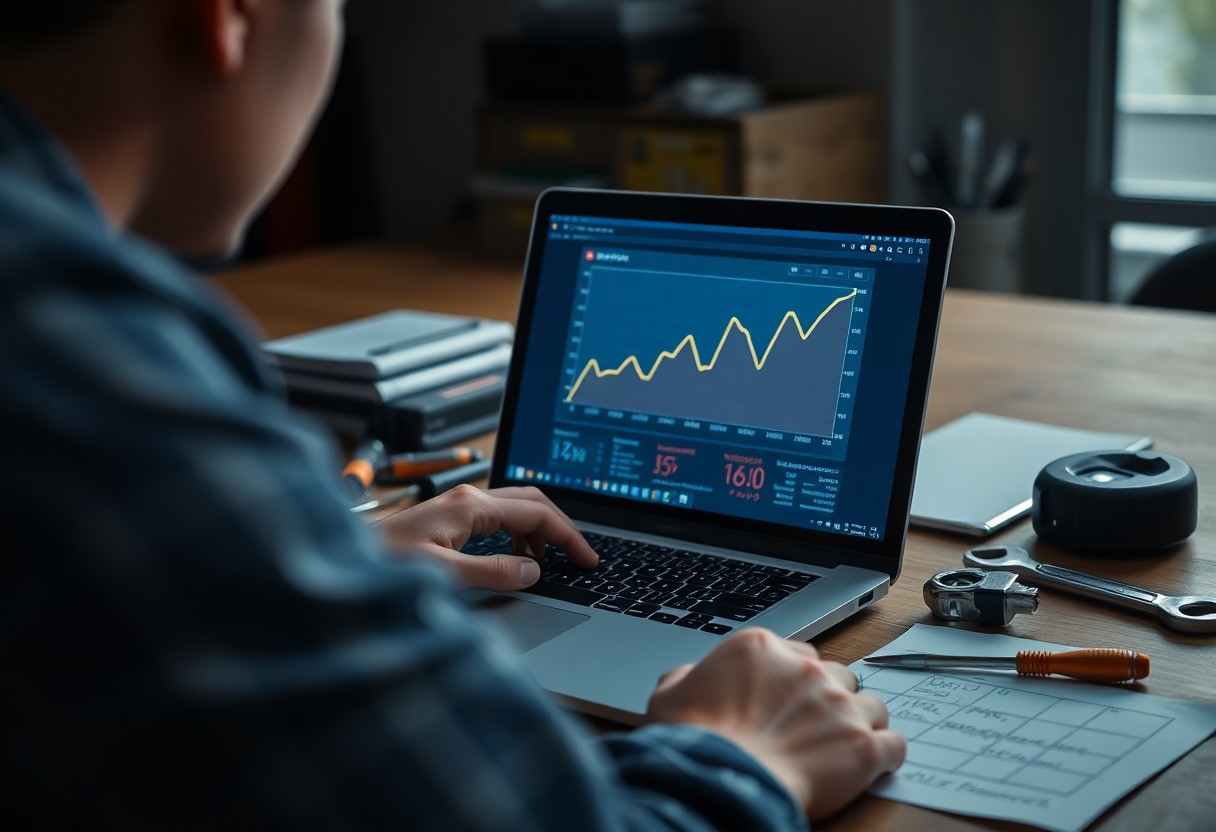
How to Identify Maintenance Needs
Clearly, identifying the maintenance needs of your WordPress website is important to ensure its optimal performance and user experience. Regularly assessing various aspects of your site can highlight areas that require attention and improvement.
Assessing Website Performance
Even small issues can accumulate to affect your website’s overall performance. You should regularly check metrics like uptime, responsiveness, and functionality to ensure your site runs smoothly. Tools such as Google Analytics can help you monitor user engagement and pinpoint any potential problems.
Checking for Broken Links and Errors
Website maintenance includes identifying and fixing broken links and errors that may frustrate your visitors. These issues can lead to a negative user experience, affecting your bounce rate and search engine ranking significantly.
The presence of broken links on your site can discourage visitors and impair your SEO efforts. Regularly using tools like Broken Link Checker can help you scan your website for any dead or broken links, enabling you to replace or remove them promptly, thereby enhancing user experience.
Evaluating Loading Speed
There’s no denying that loading speed is vital for user satisfaction and retention. If your website takes too long to load, visitors may leave before it even fully presents itself. Regular speed checks allow you to maintain the interest of your audience.
Performance metrics show that even a one-second delay in loading time can significantly affect your bounce rate. Tools like GTmetrix or Google PageSpeed Insights can help you analyze your site speed and suggest optimizations such as image compression and improved hosting services to ensure a quicker experience for your visitors.
Reviewing Content Quality
Needs evolve, and so should your content strategy. Regularly reviewing your site’s content quality ensures that you remain relevant and continue to engage your audience effectively. Outdated or poorly written content can hinder your growth and reputation.
To maintain quality, consider user feedback and industry standards. Regularly updating old posts with fresh information, optimizing for SEO, and ensuring that your content aligns with your target audience’s needs help keep your website valuable and authoritative in your field.
Tips for Regular Monitoring
Once again, maintaining your WordPress website requires consistent effort and vigilance. Regular monitoring can help you identify potential issues before they escalate. Here are some tips to keep your website in top shape:
- Check website speed regularly.
- Monitor uptime to ensure accessibility.
- Review user engagement metrics.
- Keep an eye on plugin and theme updates.
- Scan for security vulnerabilities.
Thou art now equipped with the knowledge to maintain a healthy website.
Setting Up Analytics Tools
Even if you think your website is performing well, you should set up analytics tools to gather comprehensive data. Tools like Google Analytics allow you to track user behavior, conversion rates, and traffic sources, helping you make informed decisions based on real-time insights.
Scheduling Regular Maintenance Checks
Assuming you want your website to run smoothly, scheduling regular maintenance checks is a wise approach. By dedicating time every month to review your site’s performance, you can catch issues early and ensure everything runs efficiently.
A good practice is to create a checklist for your maintenance routine. This may include updating WordPress core, themes, and plugins, optimizing databases, and creating backups. By following a structured schedule, you will greatly minimize the risk of unexpected breakdowns or slowdowns.
Using Maintenance Plugins
Assuming you want to simplify management tasks, consider using maintenance plugins that automate various processes. These tools can assist with backups, updates, and security monitoring—allowing you to focus on content and strategy.
For instance, plugins like UpdraftPlus for backups and WP Rocket for optimization can significantly streamline your maintenance efforts. These resources help you manage imperative tasks efficiently, ensuring your website remains secure and user-friendly without overwhelming you with manual updates.
Factors Affecting Maintenance Requirements
Your website’s maintenance requirements are influenced by various factors that determine how frequently you need to perform updates and checks. Understanding these factors will help you proactively manage your site’s health. Here’s a list of key elements to consider:
- Website Size and Complexity
- Frequency of Updates and Backups
- User Engagement and Traffic Levels
Recognizing these influences can empower you to keep your site running smoothly and efficiently.
Website Size and Complexity
Clearly, the size and complexity of your website can significantly impact how often you need to conduct maintenance. A simple blog may only require periodic updates, while a large e-commerce site with numerous features might need more regular attention due to the intricate functionalities involved.
Frequency of Updates and Backups
One of the most important aspects of website maintenance is how often you perform updates and backups. Regular updates not only enhance functionality but also improve security and overall site performance.
Frequency of updates and backups is vital for preventing potential problems. If your website relies on plugins, themes, or custom code, staying current with updates minimizes the risk of vulnerabilities. Additionally, routine backups ensure that you can restore your site quickly in case of data loss, making it an integral part of your maintenance routine.
User Engagement and Traffic Levels
Traffic to your site directly affects the level of maintenance you should conduct. Higher engagement means more visitors, which can lead to increased chances of broken links or outdated content.
Backups also become critical when user engagement spikes. As you attract more visitors, it’s vital to ensure your website remains responsive and secure. Regularly monitoring and maintaining your site can help you manage the influx of traffic, keeping both you and your users satisfied with a seamless experience.
How to Prioritize Maintenance Tasks
Despite the adage “if it ain’t broke, don’t fix it,” your WordPress website needs regular upkeep to function at its best. Prioritizing maintenance tasks can help you keep your site running smoothly while allocating your time and resources efficiently. Here are some strategies to focus on the most pressing issues first.
Categorizing Issues by Severity
Now that you’ve identified various issues on your website, it’s time to categorize them by severity. Focus on problems that significantly affect user experience, site performance, or security. High-priority tasks may include fixing broken links, addressing security vulnerabilities, or updating plugins. By distinguishing between critical and minor issues, you can create a well-structured plan for addressing your maintenance needs.
Creating a Maintenance Schedule
Maintenance activities should not be left until something goes wrong. Creating a maintenance schedule allows you to regularly assess your website’s health. This plan can include monthly updates for plugins and themes, bi-weekly backups, and quarterly security checks. By scheduling these tasks, you take a proactive approach to website management, keeping your site functional and user-friendly.
Issues can arise unexpectedly, but having a schedule in place allows you to handle maintenance efficiently. By sticking to your timetable, you ensure that no task slips through the cracks. Be sure to adjust your schedule as needed based on your website’s performance and any additional tasks that arise over time. A consistent approach minimizes potential downtime and enhances user satisfaction.
Allocating Resources Effectively
One of the most important aspects of maintaining your site is allocating resources effectively. Determine what tasks require more attention, such as those that involve security or user engagement. For larger tasks, consider dividing the workload among team members or outsourcing to professionals if necessary.
Prioritize tasks based on their impact and the resources you have available. By assessing your current capabilities and budget, you can decide how to tackle each maintenance task. Streamlining your approach to resource allocation ensures that you address key areas without overextending yourself or your team, allowing for smoother operations and more resilient website performance.
When to Seek Professional Help
Many website owners may feel overwhelmed by the demands of maintaining a WordPress site. Knowing when to seek professional help can make a significant difference in your website’s performance and security.
Evaluating Your Skill Set
When considering professional assistance, evaluate your own skill set in web development, coding, and problem-solving. If you find that your knowledge is limited or you’re unsure of how to perform necessary updates and troubleshooting, it may be time to bring in an expert to ensure your site remains optimized and secure.
Identifying Complex Issues
Now, if you encounter technical problems that seem beyond your capabilities, it’s crucial to reach out for professional help. Common complex issues may include malfunctioning plugins, compatibility problems between themes, or even security breaches that require specialized knowledge to resolve.
Help can ensure that these intricate matters are handled effectively. Not only can experts quickly diagnose the problems, but they also come equipped with tools and strategies to effectively implement solutions. Leaving such issues unaddressed can lead to significant downtimes or loss of data, making professional assistance a wise choice.
Choosing the Right Maintenance Provider
Complex tasks often require an experienced maintenance provider who can deliver tailored solutions for your specific needs. You should seek out someone who understands your goals and can communicate effectively about the services they offer.
Right choices in your maintenance provider can vastly improve both your website’s functionality and your peace of mind. Look for providers with proven track records, positive client reviews, and responsive customer service. This diligence can help ensure that you’re partnering with a professional who can take your website’s maintenance to the next level efficiently and reliably.
To wrap up
With this in mind, regularly assess your WordPress website for signs that it needs maintenance. Look out for slow loading times, broken links, outdated plugins or themes, and security vulnerabilities. Make use of tools or plugins that can help you monitor your site’s health.
By staying proactive and addressing issues promptly, you can ensure your website remains functional, secure, and user-friendly, ultimately enhancing your visitors’ experience and maintaining your online presence effectively.
Q: What are the signs that indicate my WordPress website needs maintenance?
A: There are several signs that may indicate your WordPress website requires maintenance. Look for the following indicators:
1. Slow Load Times: If your website is taking longer than usual to load, it could be a sign of outdated plugins, themes, or even server issues.
2. Frequent Errors: If you encounter 404 errors, database connection errors, or plugin conflicts regularly, it might be time to perform maintenance.
3. Increased Security Vulnerabilities: If you notice a rise in spam comments, unusual login attempts, or your website has been flagged by security tools, it’s important to conduct a security review and maintenance checks.
Staying proactive with maintenance can help you avoid more significant issues in the future.
Q: How do I check if my WordPress themes and plugins are up to date?
A: Keeping your themes and plugins updated is important for website performance and security. To check for updates:
1. Log in to the WordPress Dashboard: Navigate to your website and log in.
2. Go to the Dashboard Menu: You’ll find a notification at the top of the dashboard if updates are available.
3. Check the Updates Section: Click on ‘Updates’ in the dashboard menu, and it will display a list of any available updates for your installed themes and plugins.
4. Review Update Notes: Before updating, check the release notes to see what’s changed and if any specific actions are needed.
Regular review and maintenance of updates not only improve functionality but also help maintain security.
Q: What steps can I take to conduct basic maintenance on my WordPress site?
A: Conducting basic maintenance involves a few important steps that can greatly optimize your site’s performance:
1. Backup Your Website: Regularly back up your website to ensure you have a restore point in case of any issues. You can use plugins or manual methods for this.
2. Clean Up Database: Use plugins like WP-Optimize to remove post revisions, spam comments, and transient options, helping to keep your database lean and efficient.
3. Optimize Images: Compress and optimize images using tools or plugins to enhance loading times without sacrificing quality.
4. Check for Broken Links: Use a broken link checker to identify and fix any links that lead to 404 error pages, which can negatively impact user experience and SEO.
By regularly following these maintenance steps, you can improve the longevity and performance of your WordPress website.
